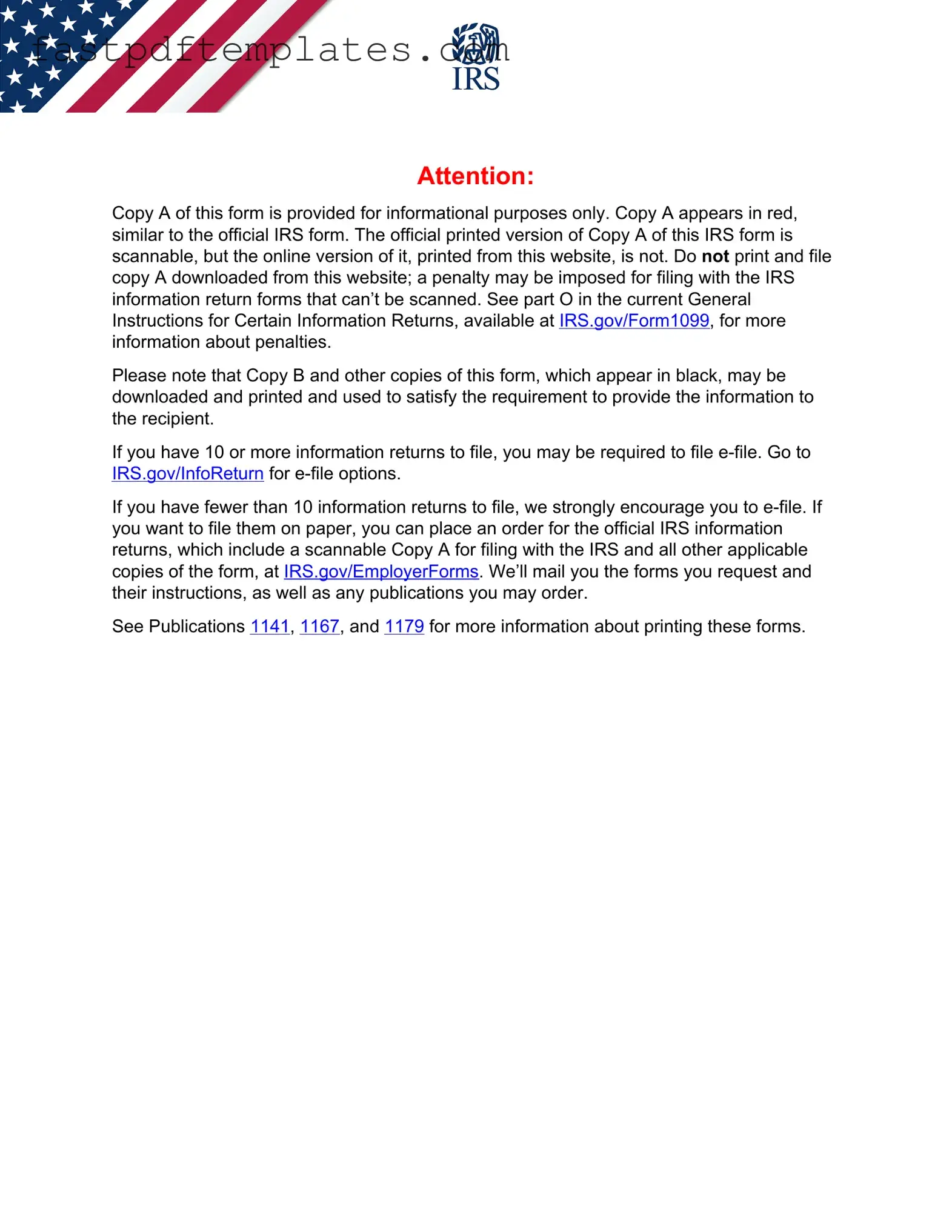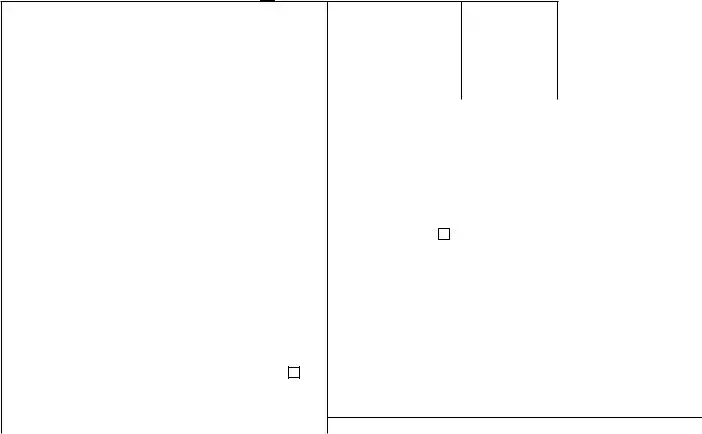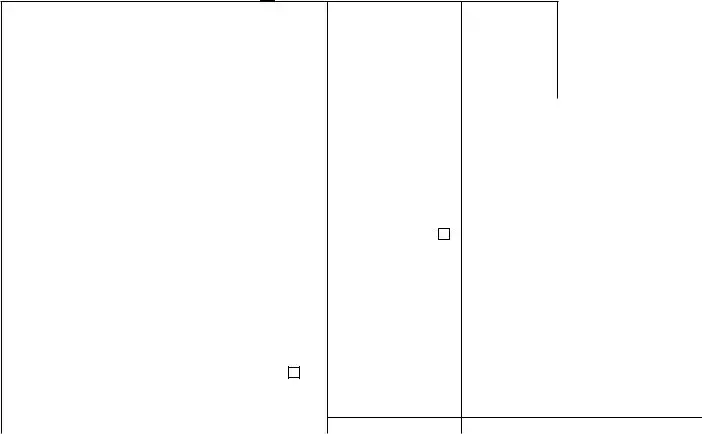The IRS 1099-NEC form is similar to the 1099-MISC in that both are used to report income paid to non-employees, such as independent contractors. However, the 1099-NEC specifically focuses on reporting payments made for services rendered, while the 1099-MISC includes a broader range of income types. The introduction of the 1099-NEC in 2020 has streamlined the reporting process for non-employee compensation, making it easier for businesses to comply with tax regulations.
The IRS 1099-K form is another document that shares similarities with the 1099-MISC. It is used to report payments made through third-party networks, such as payment processors and online platforms. While the 1099-MISC is typically used for reporting various income types, the 1099-K is specifically for reporting payments that exceed $600 in a calendar year, primarily focusing on electronic transactions.
The IRS 1099-DIV form is utilized to report dividends and distributions paid to shareholders. Like the 1099-MISC, it is an information return that helps the IRS track income that individuals receive. While the 1099-MISC covers a wider array of income types, the 1099-DIV specifically targets investment income, providing clarity for those who earn money through dividends.
The IRS 1099-INT form is similar to the 1099-MISC in that it reports interest income earned by individuals. This form is used by banks and financial institutions to report interest payments made to account holders. While the 1099-MISC covers various income types, the 1099-INT focuses solely on interest, helping taxpayers understand their earnings from savings accounts or other interest-bearing accounts.
The IRS 1099-B form reports proceeds from broker and barter exchange transactions. This document is essential for individuals who buy and sell securities or engage in barter transactions. Similar to the 1099-MISC, it serves as an information return, helping the IRS track capital gains and losses. The 1099-B is specifically geared towards investment transactions, providing detailed information on sales and exchanges.
The IRS 1099-C form is used to report cancellation of debt. When a lender forgives a debt, the borrower may need to report that amount as income. This form is similar to the 1099-MISC in that it provides the IRS with information about income that may not be directly received in cash but still impacts a taxpayer's financial situation. The 1099-C helps ensure that taxpayers are aware of their tax obligations related to forgiven debts.
The IRS 1099-G form is issued for certain government payments, such as unemployment benefits or tax refunds. This form is similar to the 1099-MISC as it reports income received from non-employment sources. It helps individuals understand their income from government programs, ensuring they accurately report this income on their tax returns.
The IRS 1099-R form is used to report distributions from retirement plans, such as pensions and IRAs. Like the 1099-MISC, it serves as an information return to inform the IRS about income received. The 1099-R specifically focuses on retirement-related distributions, which can have different tax implications compared to the broader range of income reported on the 1099-MISC.
The IRS 1099-S form reports proceeds from real estate transactions. This form is similar to the 1099-MISC in that it provides information about income received, but it specifically targets the sale of real estate. It ensures that individuals involved in property transactions report their earnings accurately, helping the IRS track real estate-related income.
The IRS 1099-LTC form is used to report long-term care benefits. This form is similar to the 1099-MISC in that it provides information on income received, but it specifically addresses benefits paid under long-term care insurance policies. It helps individuals understand their tax responsibilities related to these benefits, ensuring proper reporting on their tax returns.






 CORRECTED (if checked)
CORRECTED (if checked)

 CORRECTED (if checked)
CORRECTED (if checked)